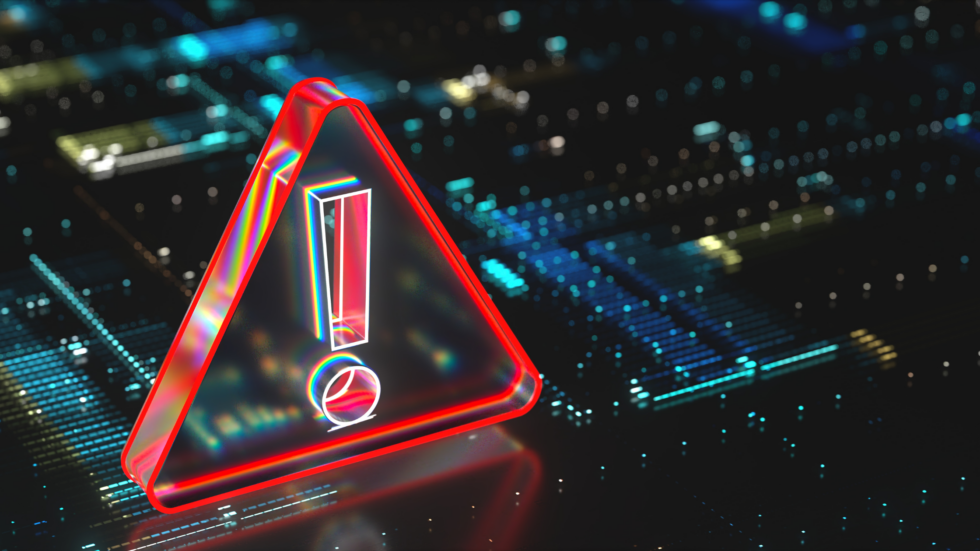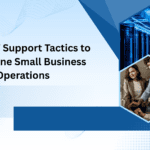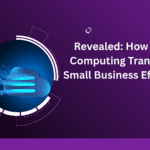8 Best Ways to Defend Against SaaS Ransomware
Software as a service (SaaS) is a cloud-based software delivery model where the cloud provider creates and manages cloud application software, offers automated software upgrades, and lets users download software on a pay-per-use basis over the Internet. All of the traditional software and hardware, such as middleware, application software, and security, are managed by the public cloud provider.
In comparison to managing on-premises systems and software, SaaS clients may build, grow, and upgrade business solutions more quickly, anticipate total cost of ownership more accurately, and do all of this at significantly lower costs.
SaaS offers a whole software solution that you can pay a cloud service provider on a pay-per-use basis. When you lease an application for your company, consumers typically connect to it via the Internet.

SaaS does have advantages, but it also has drawbacks. Software and data are more open to attack when they are available online. Ransomware is one of the newest threats to migrate from endpoint devices to the cloud.
Attacking PCs, servers, and mobile devices, ransomware has been around for a while. However, there has been a concerning increase in SaaS ransomware attacks lately.
SaaS assaults reached a peak of over 300% during March and May of 2023. According to a 2022 Odaseva survey, 51% of ransomware attacks targeted cloud-based storage (SaaS) data.
This post from Straten Solutions will explore the definition of SaaS ransomware and the potential threats it presents. Most critical, though, is how to counter it.
What is SaaS Ransomware?
Cloud ransomware is another name for SaaS malware. This malicious code is intended to attack cloud-based services and apps. These consist of cloud collaboration platforms and services such as Microsoft 365, Google Workspace, and others.
Attackers take advantage of holes in these cloud-based platforms. Next, important data is encrypted by the ransomware. Users are essentially prevented from accessing their own accounts. Cybercriminals are enslaving the data. They then demand a ransom, which is frequently paid using cryptocurrency. The decryption key is obtained in return for the ransom.
The Risks of SaaS Ransomware are:
- Data Loss: The loss of important data is the most pressing concern. You can no longer access the files and apps that are stored on the cloud. This may result in a complete cessation of productivity.
- Reputational Damage: An effective SaaS ransomware assault has the potential to damage the reputation of your company. Partners and customers can stop believing that you can protect their information. This could harm the perception of your brand.
- Financial Impact: Data recovery is not assured even if the ransom is paid. It can inspire assailants to go after you once more. Moreover, recovery efforts and downtime can come at a high cost.
8 Best Ways to Defend Against SaaS Ransomware
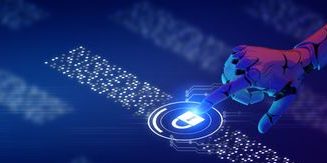
8 Best Ways to Defend Against SaaS Ransomware are:
As they say, it’s better to avoid than to treat. The secret to preventing SaaS ransomware is to be proactive with defense. These are a few practical methods to defend your company from these attacks.
1. Educate Your Team: Start by informing your staff members about the dangers of cloud-based ransomware. Describe the ways in which it disseminates via hacked accounts, harmful websites, and phishing emails. Instruct them to spot suspicious activity and to report any strange occurrences right away.
2. Enable Multi-Factor Authentication (MFA): MFA is a crucial security layer. To access accounts, users must supply an additional authentication method. This is frequently a one-time code that is texted to their phone. By turning on MFA, you lower the chance of unwanted access. This holds valid even in the event that a hacker gains access to an account’s login details.
3. Regular Backups: Frequently backing up your SaaS data is crucial. In the event of a ransomware attack, you still have your data. Having up-to-date backups ensures that you can restore your files. You won’t need to pay the attacker’s ransom demands.
4. Apply the Principle of Least Privilege: Apply the Principle of Least Privilege Limit user permissions to only the necessary functions. Follow the principle of least privilege. This means giving users the lowest privilege needed for their job. Doing this, you reduce the potential damage an attacker can do if they gain access.
5. Keep Software Up to Date: Keep Software Up to Date Ensure that you keep all software (SaaS applications, operating systems, etc.) up to date. They should have the latest security patches installed. Regular updates close known vulnerabilities and strengthen your defense.
6. Deploy Advanced Security Solutions: Think about utilizing outside security programs that focus on safeguarding SaaS setups. There are numerous advantages to these solutions. comprising
- Real-time detection of threats
- Preventing data loss
- And more cutting-edge security features
7. Track Account Activity: Implement thorough network traffic and user activity monitoring. Unusual conduct may serve as precursors to an assault. A warning sign to look out for is multiple unsuccessful login attempts. Access from odd places is another.
8. Develop an Incident Response Plan: Create and practice a plan for responding to incidents. It ought to specify what to do in the case of a ransomware assault. An incident can be lessened in impact with a well-coordinated reaction. It may also facilitate a quicker recovery. The quicker your team reacts, the quicker operations return to normal.
Don’t Leave Your Cloud Data Unprotected!
SaaS ransomware poses a serious risk to cybersecurity. An effective offense is the best defense. Do you require assistance assembling one?
You can keep ahead of the cyberthreats that exist in the digital realm with the assistance of our experts at Straten Solutions. Call us right now to arrange a conversation.


